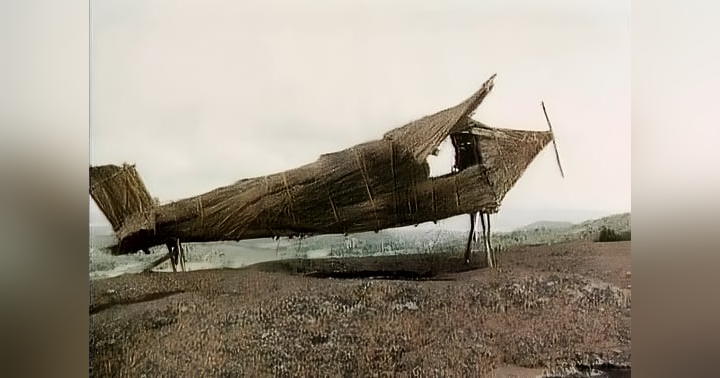The Edelweiss Pirates

Pressure Points discussed the Edelweiss Pirates in E10 of the Patreon exclusive series - listen now!
The Edelweiss Pirates were a youth resistance group that emerged in Nazi Germany during World War II. They were a loosely organized group of young people who opposed the Nazi regime and its policies. The group was named after the edelweiss flower, a symbol of resistance against the Nazis.
The Edelweiss Pirates comprised young people from various backgrounds, including working-class and middle-class youths. They were united by their opposition to the Nazi regime and desire for freedom and democracy. The group was not affiliated with any political party or organization and had no formal leadership structure.
The Edelweiss Pirates engaged in various forms of resistance against the Nazi regime. They distributed anti-Nazi leaflets, painted anti-Nazi slogans on walls, and disrupted Nazi rallies and meetings. They also helped Jews and other persecuted groups by providing food, shelter, and assistance.
The Edelweiss Pirates were particularly active in Cologne, where they had a strong presence. They were known for their distinctive style of dress, which included long hair, colorful clothing, and leather jackets. They also had their music, a mix of swing, jazz, and folk music.
One sub-sect of the Edelweiss Pirates known as the Navajos had a particularly poignant song they often sang:
Hitler's power may lay us low,
And keep us locked in chains,
But we will smash the chains one day,
We'll be free again
We've got fists and we can fight,
We've got knives and we'll get them out
We want freedom, don't we boys?
We're the fighting Navajos!
The Nazi regime viewed the Edelweiss Pirates as a threat and responded with harsh repression. The group was officially banned in 1941, and its members were arrested, tortured, and executed. Many of the group's leaders were publicly hanged in Cologne in 1944.
Despite the brutal repression, the Edelweiss Pirates continued resisting the Nazi regime until the war ended. They were part of a broader youth resistance movement, including other groups such as the Swing Kids and White Rose. These groups were united by their opposition to the Nazi regime and desire for freedom and democracy.
Despite their brave fight, they were not formally recognized as a resistance group for decades after the war.
In conclusion, the Edelweiss Pirates were a youth resistance group that emerged in Nazi Germany during World War II. They were a loosely organized group of young people who opposed the Nazi regime and its policies. The group engaged in various forms of resistance against the Nazi regime, including distributing anti-Nazi leaflets, painting anti-Nazi slogans on walls, and disrupting Nazi rallies and meetings. The group was officially banned in 1941, and its members were arrested, tortured, and executed. Despite the brutal repression, the Edelweiss Pirates continued resisting the Nazi regime until the war ended. Their legacy is a symbol of resistance against tyranny and oppression.
If you want to hear more stories like this, please consider listening to the podcast!

